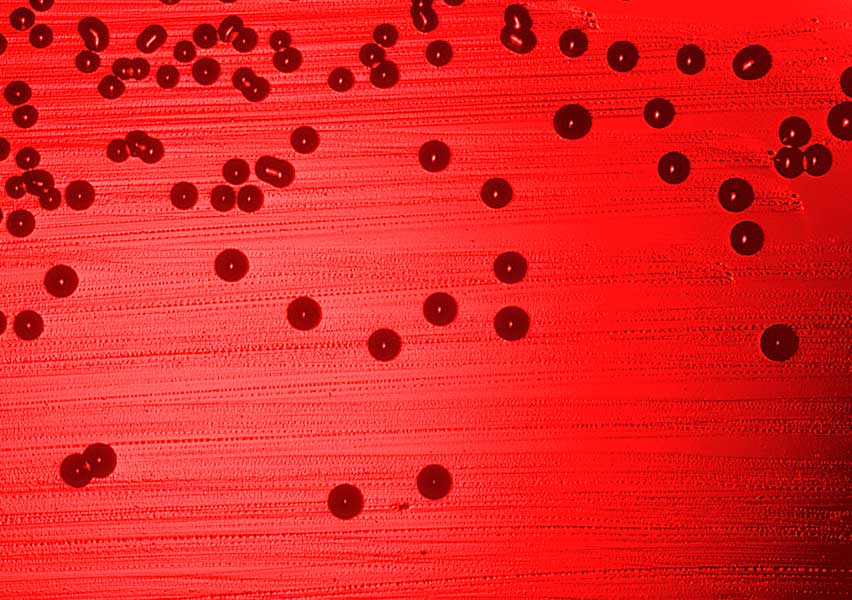Haemophilus influenzae
Haemophilus influenzae is a non-motile Gram-negative coccobacillus first described in 1892 by Richard Pfeiffer during an influenza pandemic. Although it was initially believed to be the causative agent of influenza, this theory was disproved in 1933 when the viral nature of the disease was confirmed.
Today, H. influenzae is responsible for approximately 3 million severe cases and about 400,000 deaths annually in children under the age of five, especially in developing countries. The incidence of invasive disease caused by H. influenzae type b (Hib) has decreased dramatically in countries with routine vaccination programs. However, non-encapsulated strains continue to be a significant cause of respiratory infections and otitis media.
Clinical features:
H. influenzae is classified into six encapsulated serotypes (a–f) and non-encapsulated strains. The type b serotype (Hib) is the most virulent and was the leading cause of bacterial meningitis in young children before the introduction of the Hib vaccine. Encapsulated strains, especially Hib, can cause:
- Meningitis
- Epiglottitis
- Cellulitis
- Pneumonia
- Sepsis
Non-encapsulated strains (non-typeable) are more frequent in older children and adults, and are responsible for:
- Otitis media
- Conjunctivitis
- Sinusitis
- Community-acquired pneumonia
In unvaccinated children, H. influenzae type b can lead to severe invasive diseases, which may result in neurological sequelae or death. In non-immunized pregnant women, neonatal transmission may occur. The polysaccharide capsule of Hib is its main virulence factor, allowing it to evade host immune responses.
Diagnosis:
Diagnosis of H. influenzae infection is based on direct methods:
- Culture on chocolate agar supplemented with X (hemin) and V (NAD) factors
- PCR or other nucleic acid amplification tests (NAATs)
- Detection of capsular antigens in cerebrospinal fluid (CSF) via latex agglutination
Isolation from sterile body sites like blood or CSF is necessary for definitive diagnosis. Detection from sputum or the nasopharynx is not conclusive, as these areas are often colonized without disease.
Treatment:
First-line treatment for severe H. influenzae type b infections includes:
- Third-generation cephalosporins (e.g., ceftriaxone, cefotaxime)
- For mild or non-invasive infections: amoxicillin-clavulanic acid or macrolides
Some strains exhibit ampicillin resistance due to β-lactamase production, making antimicrobial susceptibility testing essential.
Vaccination with the Hib conjugate vaccine has been crucial in reducing invasive disease. However, it does not protect against non-encapsulated strains.

